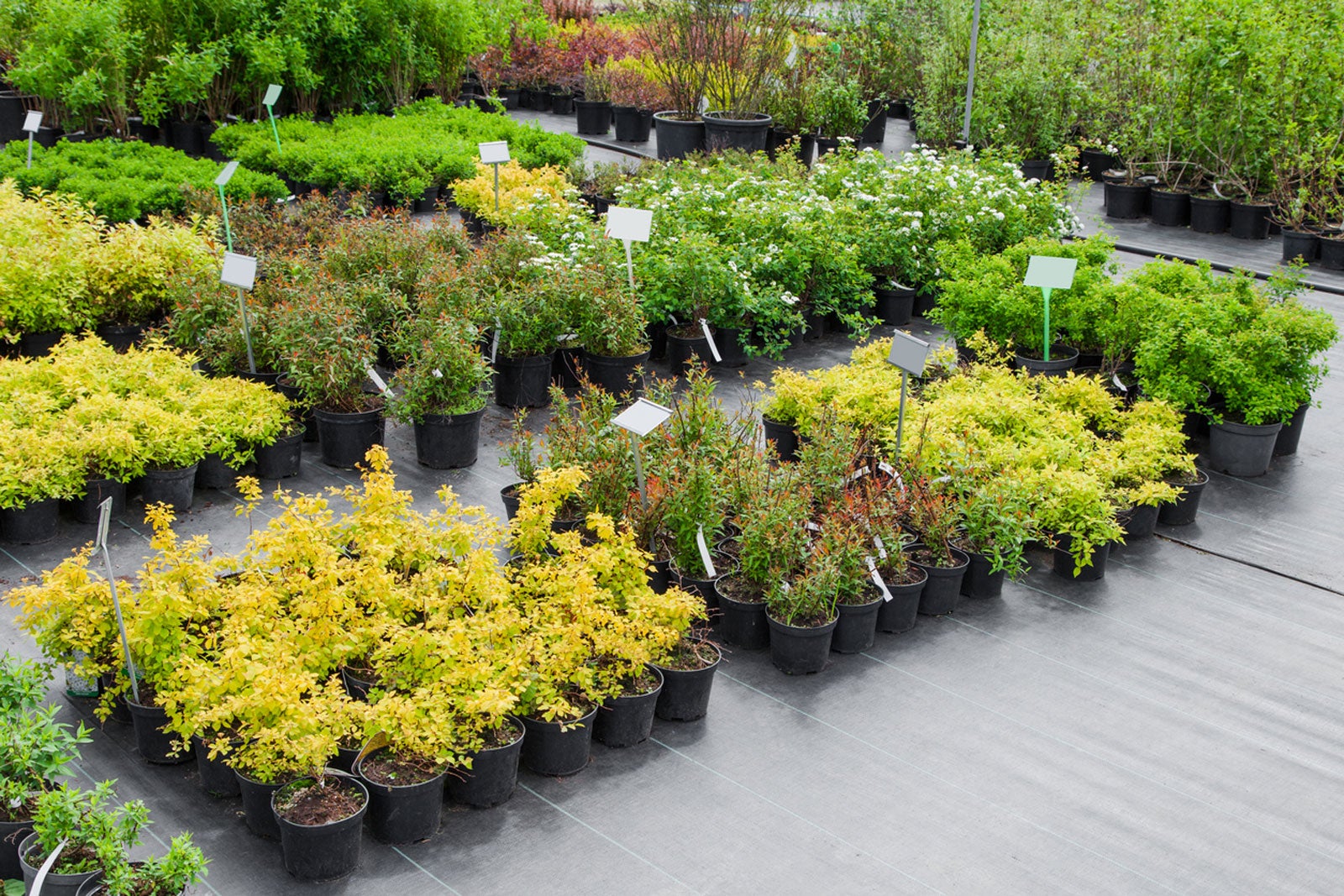Understanding Nursery Containers - Common Pot Sizes Used In Nurseries


Inevitably you've come across nursery pot sizes as you have browsed through mail-order catalogs. You may have even wondered what it all means - what is #1 pot size, #2, #3, and so on? Keep reading for information on the common pot sizes used in nurseries so you can take some of the guesswork and confusion out of your selections.
About Nursery Plants Pots
Nursery containers come in a number of sizes. Oftentimes, the particular plant and its current size determine the pot sizes used in nurseries. For instance, most shrubs and trees are sold in 1-gallon (4 L) pots - otherwise known as a #1 pot size. The # symbol is used to reference each class number size. Smaller containers (i.e. 4-inch or 10 cm. pots) may also include SP in front of its class number, indicating a smaller plant size. In general, the larger the # is, the larger the pot and, thus, the larger the plant will be. These container sizes range from #1, #2, #3 and #5 to #7, #10, #15 on up to #20 or higher.
What is #1 Pot Size?
The gallon (4 L.) nursery containers, or #1 pots, are the most common nursery pot sizes used in the industry. While they normally only hold 3 quarts (3 L) of soil (using liquid measure), they are still considered to be 1-gallon (4 L.) pots. A variety of flowers, shrubs, and trees can be found in this pot size. As the plants grow or mature, nursery growers may step up the plant to another larger size pot. For instance, a #1 shrub may be stepped up to a #3 pot. Variations in plant pot sizes can be quite different among individual nursery growers. While one nursery may ship a large, lush plant in a #1 pot, another might only send a bare, twiggy-looking plant in the same size. For this reason, you should research beforehand to make sure of what you are getting.
Grade of Nursery Plant Pots
In addition to the various pot sizes, some nursery growers include grading information. As with the variations among sizes, these too may vary among different growers. These are usually dependent on how a particular plant has been grown (its conditions). That said, the most common grades associated with plant pots are:
- P - Premium grade - plants are normally healthy, big, and more expensive
- G - Regular grade - plants are of moderate quality, fairly healthy, and of average cost
- L - Landscape grade - plants are of less quality, smaller, and the least expensive choices
Examples of these might be #1P, meaning a #1 pot size of premium quality. A lesser grade would be #1L.
Gardening tips, videos, info and more delivered right to your inbox!
Sign up for the Gardening Know How newsletter today and receive a free copy of our e-book "How to Grow Delicious Tomatoes".

Nikki Tilley has been gardening for nearly three decades. The former Senior Editor and Archivist of Gardening Know How, Nikki has also authored six gardening books.